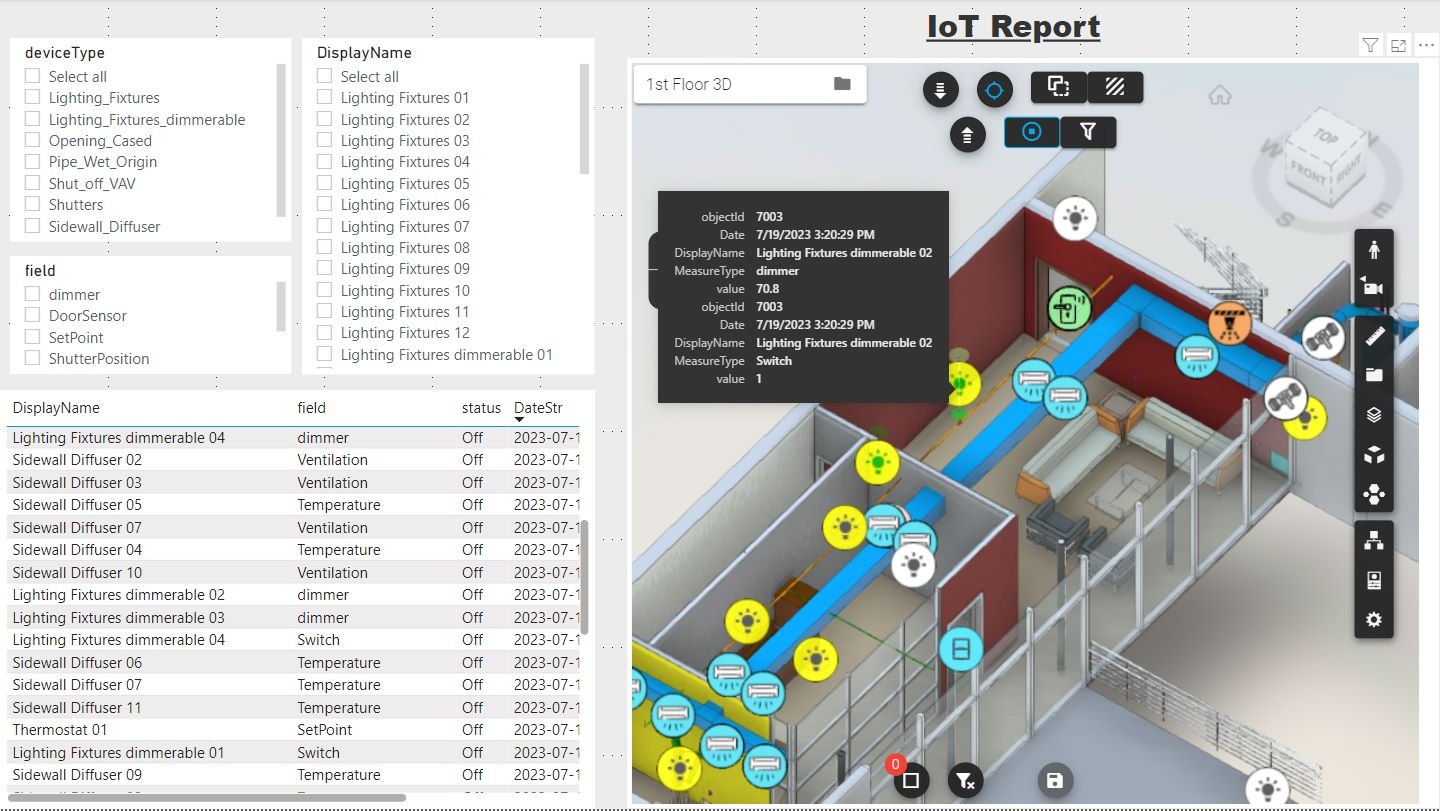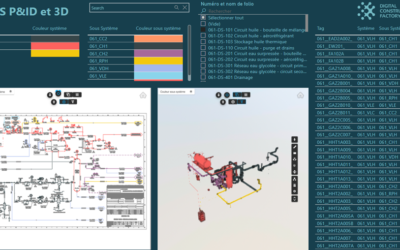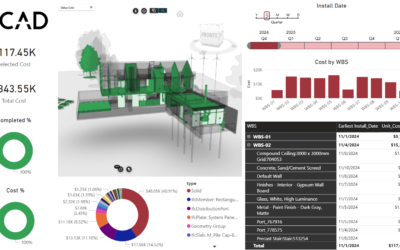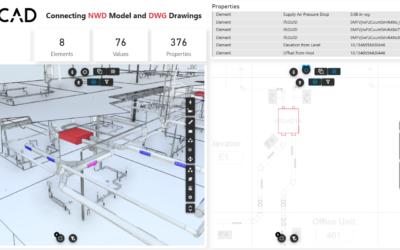In recent years, the construction industry has witnessed significant advancements in technology, driving improvements in efficiency, sustainability, and cost-effectiveness. One such innovation is Building Information Modeling (BIM), which has transformed the way architects, engineers, and contractors collaborate during the design and construction phases. However, the potential of BIM extends far beyond the construction process.
Basically, this is the first article in the series; read the others as well:
REAL-TIME IOT DATA, MICROSOFT FABRIC AND VCAD #2
REAL-TIME IOT DATA, MICROSOFT FABRIC AND VCAD #3
REAL-TIME IOT DATA, MICROSOFT FABRIC AND VCAD #4
REAL-TIME IOT DATA, MICROSOFT FABRIC AND VCAD #5
REAL-TIME IOT DATA, MICROSOFT FABRIC AND VCAD #6
In this article, we will explore a groundbreaking concept where BIM integrates seamlessly with Digital Twins and the Internet of Things (IoT) to create a comprehensive and real-time building management system.
The actors that we will use for the construction of this process are:
Microsoft Azure IoT Hub
a cloud-based service that facilitates communication between Internet of Things (IoT) devices and the cloud. It enables bidirectional data transfer, device management, and secure connectivity for IoT deployments at scale.
Blogic VCAD
a software that can extract data from your BIM files and create interactive, pre-configured dashboards in seconds.
Microsoft Fabric
an all-in-one analytics solution for enterprises that covers everything from data movement to data science, Real-Time Analytics, and business intelligence. Of Fabric we will use the following component
- EventStream
a centralized event data place that allows you to capture, transform, and route real-time event data to various destinations in desired format. - Kusto DB
a service for storing and running interactive analytics over Big Data - Power BI
a business analytics service
Building the Foundation: BIM as the Catalyst
At the core of this vision lies the BIM project. It acts as the central repository for all building-related data, encompassing geometric information, material specifications, and more. Traditionally, BIM has been utilized primarily during the design and construction phases. However, by leveraging the wealth of information contained within BIM models, we can unlock new possibilities for building management.
Extracting Device and Sensor Information
To kickstart the transformation process, the BIM project is analyzed to extract information about the devices and sensors present within the building. This includes HVAC systems, lighting fixtures, occupancy sensors, security systems, and more. By leveraging the semantic richness of the BIM data, with a bit of data manipulation the devices are identified and categorized.
Architecture and Technologies
Building Device Twins on Microsoft Azure IoT Hub
With the device and sensor information extracted, the next step involves creating digital twins for each identified entity. Azure IoT Hub, a powerful cloud-based platform, provides an ideal foundation for hosting these digital twins, in the form of Device Twins. Device Twins are virtual replicas of physical devices that mirror their properties, behavior, and real-time data. By connecting the Device Twins to the IoT Hub, we establish a bidirectional communication channel, enabling seamless interaction between the physical and virtual realms. Using the information extracted from the BIM file we are able to automatically create these digital twins on the IoT Hub.
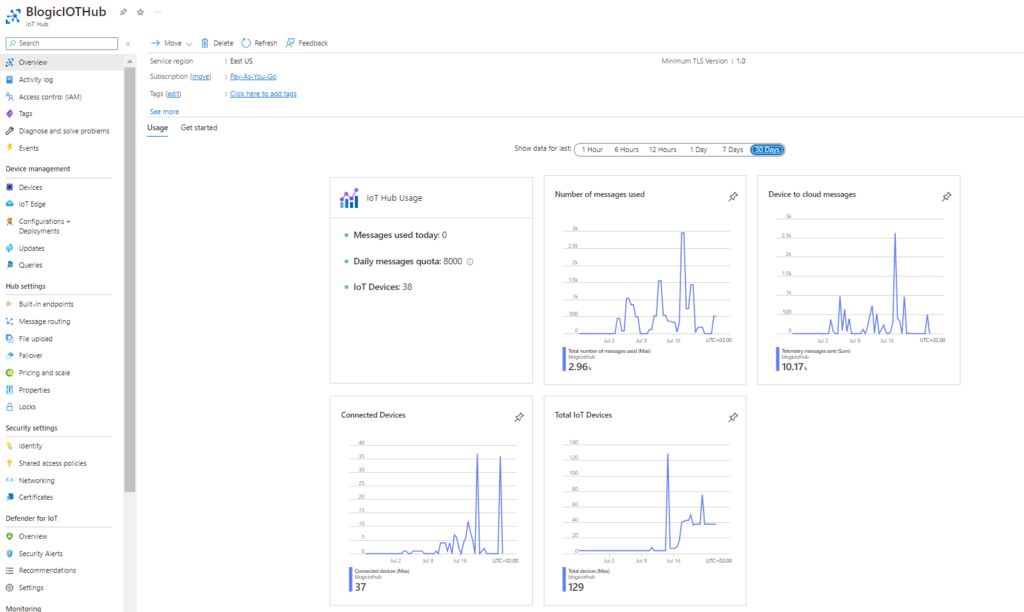
Figure 1: Azure IoT Hub dashboard
Creating a Device Simulator
To ensure comprehensive testing and evaluation of the building management system, a device simulator is developed. This simulator generates data as if it were being transmitted by the physical devices installed in the building. By simulating the behavior and outputs of the devices, we can accurately mimic real-world scenarios and validate the effectiveness of the system. The configuration of the simulator is automatically obtained using the devices data extracted from the BIM file.
Real-Time Data Monitoring with Microsoft Fabric
To monitor and visualize the real-time data being transmitted by the physical devices, we use the new Microsoft Fabric Platform.
(https://learn.microsoft.com/en-us/fabric/get-started/microsoft-fabric-overview)
Microsoft Fabric is a SaaS (Software as a Service) Analytics Platform that covers end-to-end business requirements. It is built upon the Power BI platform and extends the capabilities of Azure Synapse Analytics to all analytics workloads.
Combining real-time sensor data, the BIM project and some specific Fabric components, we have at our disposal an incredible platform which, through the use of our VCAD component, allows us to achieve the goal we have set ourselves in a simple and scalable way
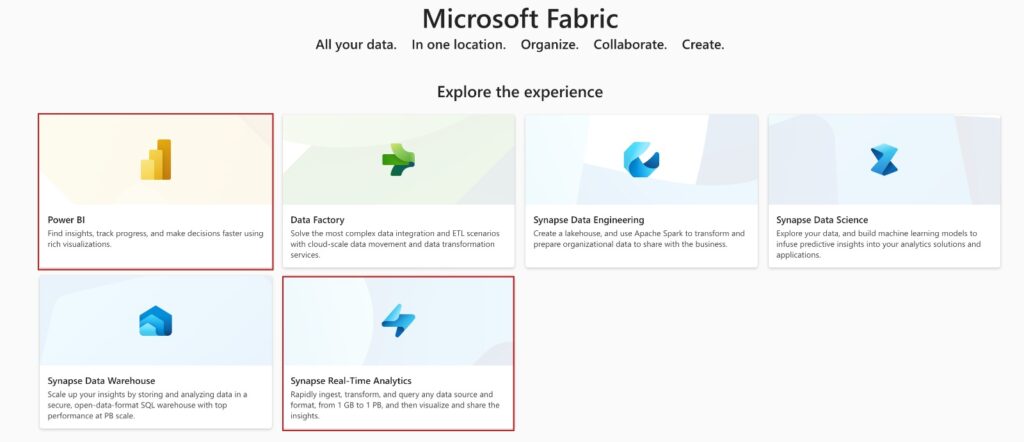 Figure 2: Fabric components
Figure 2: Fabric components
The Fabric components that we use for our purpose are Power BI and Synapse Real-Time Analytics.
Power BI, is a powerful data visualization tool. By connecting Power BI to the IoT Hub, we gain access to a vast array of data points generated by the Device Twins and the device simulator. Power BI provides rich visualizations, enabling stakeholders to gain insights and make data-driven decisions to optimize building performance. Combining Power BI with our custom visualizer component (VCAD) we reach the objective of showing in real-time, the sensors data on the BIM project in a way that is meaningful and rich of information. Synapse Real-Time Analytics provide us incredible instruments as the Eventstream (to collect in real time data from an Event Hub) and a Kusto database to ingest them.
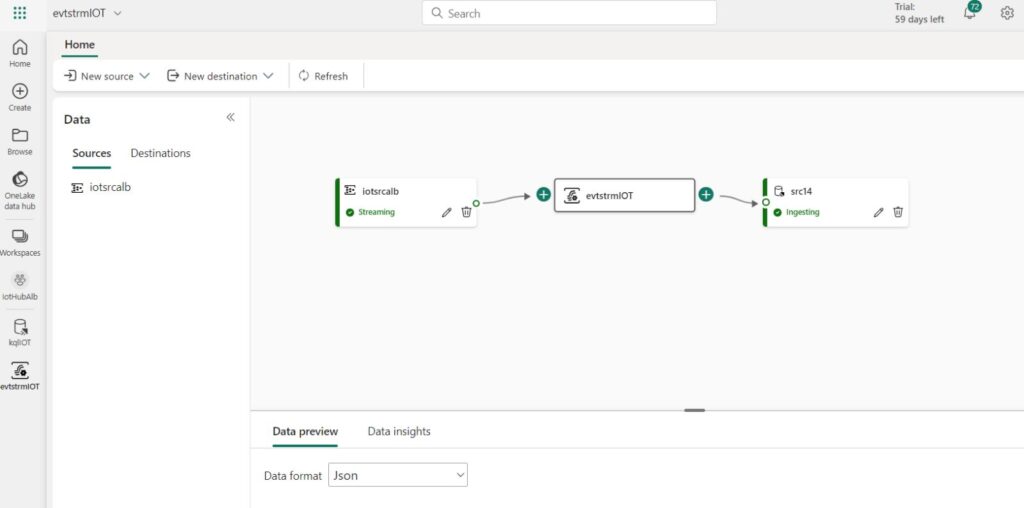 Figure 3: Microsoft Fabric Eventstream settings
Figure 3: Microsoft Fabric Eventstream settings
Visualizing Device Updates on BIM 3D Model using Vcad
To bridge the gap between the physical building and the digital world, a visualization component is essential. Vcad, our custom visual for Power BI serves as an ideal tool for this purpose. By integrating Vcad with the BIM 3D model and connecting it to the real-time data stream from the IoT Hub, we can display device updates directly on the BIM model. This real-time visualization empowers stakeholders to monitor the building’s status, identify anomalies, and take proactive measures to enhance operational efficiency.
Expanding the Vision: Advancements and Benefits
While the core concept of integrating BIM, Device Twins, and IoT for building management is groundbreaking, it is important to explore further advancements and the myriad benefits they offer.
Predictive Maintenance and Energy Optimization: With real-time data streaming from the devices and sensors through the Device Twins, predictive maintenance becomes a powerful tool. By analyzing patterns, anomalies, and performance trends, maintenance teams can proactively address potential issues before they escalate, minimizing downtime and reducing repair costs. Additionally, energy optimization strategies can be implemented by leveraging data insights to optimize HVAC systems, lighting controls, and other energy-consuming devices.
Occupancy and Space Utilization: In today’s dynamic work environments, understanding occupancy patterns and space utilization is crucial. By integrating occupancy sensors with the BIM and digital twins, real-time data on space usage can be obtained. This information allows facility managers to optimize space allocation, streamline workflows, and implement flexible work arrangements, leading to increased productivity and cost savings.
Emergency Response and Safety: During emergency situations, quick and accurate responses are critical. By integrating the building’s fire alarm systems, security cameras, and access control systems into the Device Twins, emergency scenarios can be simulated and response strategies can be developed. This enables stakeholders to assess the effectiveness of evacuation plans, identify bottlenecks, and improve emergency preparedness.
Data-Driven Decision-Making: The integration of BIM, digital twins, and IoT creates a treasure trove of data. By harnessing the power of advanced analytics and machine learning algorithms, stakeholders can gain valuable insights into building performance, occupant’s behavior, and energy usage. This data-driven decision-making approach enables facility managers, architects, and building owners to optimize building operations, enhance sustainability initiatives, and deliver better user experiences.
Lifecycle Management and Retrofits: Throughout a building’s lifecycle, various retrofits and renovations are undertaken. By integrating BIM with Device Twins and IoT, the impact of proposed changes can be visualized, simulated, and assessed before implementation. This reduces costly mistakes, ensures compatibility with existing systems, and streamlines the retrofit process, leading to improved project outcomes.
Integration with Smart City Infrastructure: As cities become smarter, the integration of building management systems with broader smart city infrastructure becomes paramount. By leveraging standardized communication protocols and APIs, buildings can seamlessly interact with the city’s energy grid, transportation systems, and other smart infrastructure components. This integration enables optimized energy usage, efficient transportation routes, and synchronized operations across the urban landscape.
Challenges and Considerations
While the vision of integrating BIM, Device Twins, and IoT holds immense potential, it is essential to acknowledge and address the challenges that may arise during implementation.
Data Privacy and Security: With the abundance of data being generated and shared, ensuring robust data privacy and security measures is crucial. Implementing encryption protocols, access controls, and compliance with data protection regulations will be essential to safeguard sensitive information.
Interoperability and Standardization: The successful integration of diverse systems relies on interoperability and standardization. Establishing common data models, communication protocols, and industry-wide standards will enable seamless integration between BIM, Device Twins, and IoT platforms.
Scalability and Complexity: Large-scale building projects and smart city deployments can be complex and challenging to manage. Adequate scalability measures, such as distributed computing and cloud infrastructure, must be in place to handle the volume of data and ensure smooth operations.
Stakeholder Collaboration: The success of this vision depends on effective collaboration among stakeholders, including architects, engineers, contractors, facility managers, and technology providers. Strong communication channels and a shared understanding of goals and requirements are vital for successful implementation.
Conclusion: Pioneering the Future of Building Management
The integration of BIM, digital twins, and IoT presents an extraordinary opportunity to revolutionize building management. By extracting device and sensor information from BIM, building Device Twins on Azure IoT Hub, developing device simulators, monitoring real-time data with Power BI, and visualizing updates on BIM 3D models using Vcad, stakeholders can unlock unprecedented insights, optimize operations, and enhance user experiences.
As technology continues to evolve, it is imperative for industry leaders and researchers to collaborate, innovate, and embrace these concepts. The benefits of this integrated approach to building management extend beyond individual structures, shaping sustainable and resilient cities and improving the quality of life for occupants. By embracing this vision, we embark on a transformative journey toward intelligent, efficient, and future-proof buildings that will drive the next wave of innovation in the construction and facility management concept has the potential to revolutionize building management, enhancing efficiency, sustainability, and occupant comfort.
We believe that our choice to use the new Microsoft Fabric platform as a building block of our process is the best choice at the moment as it guarantees us scalability, data security, efficiency.
In the following articles we will go in deep in how we have chosen to implement this process.

